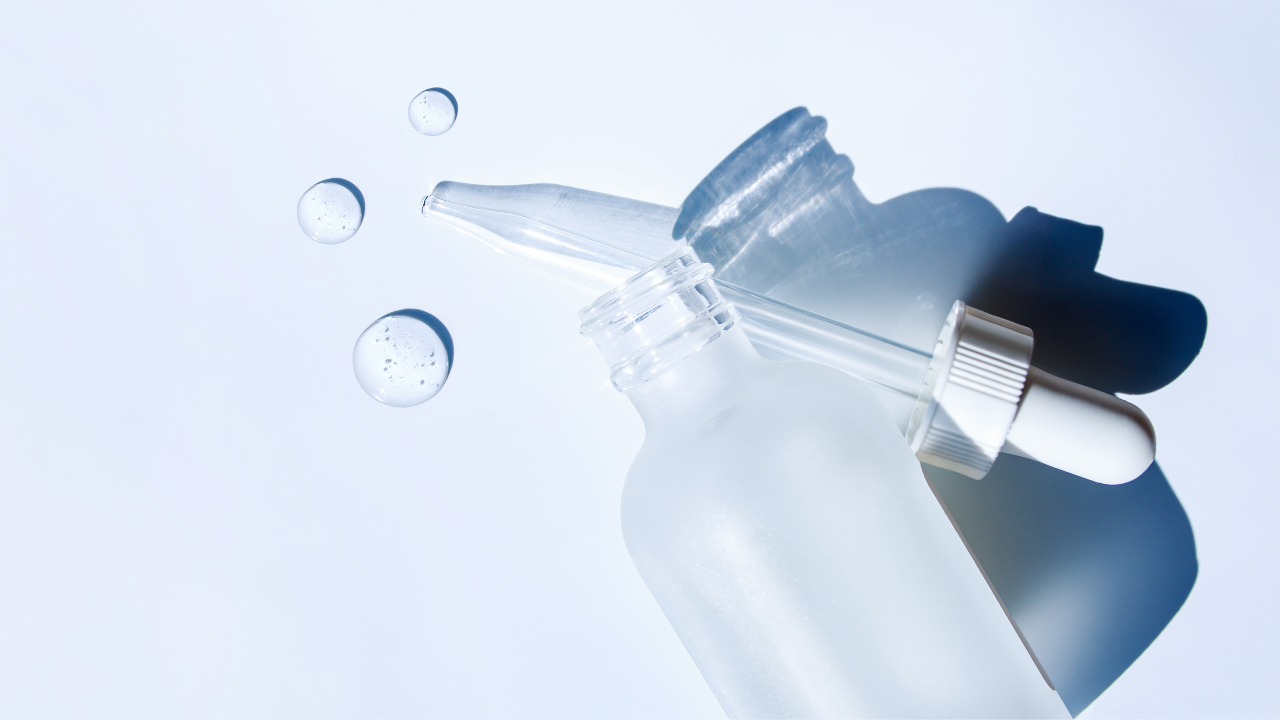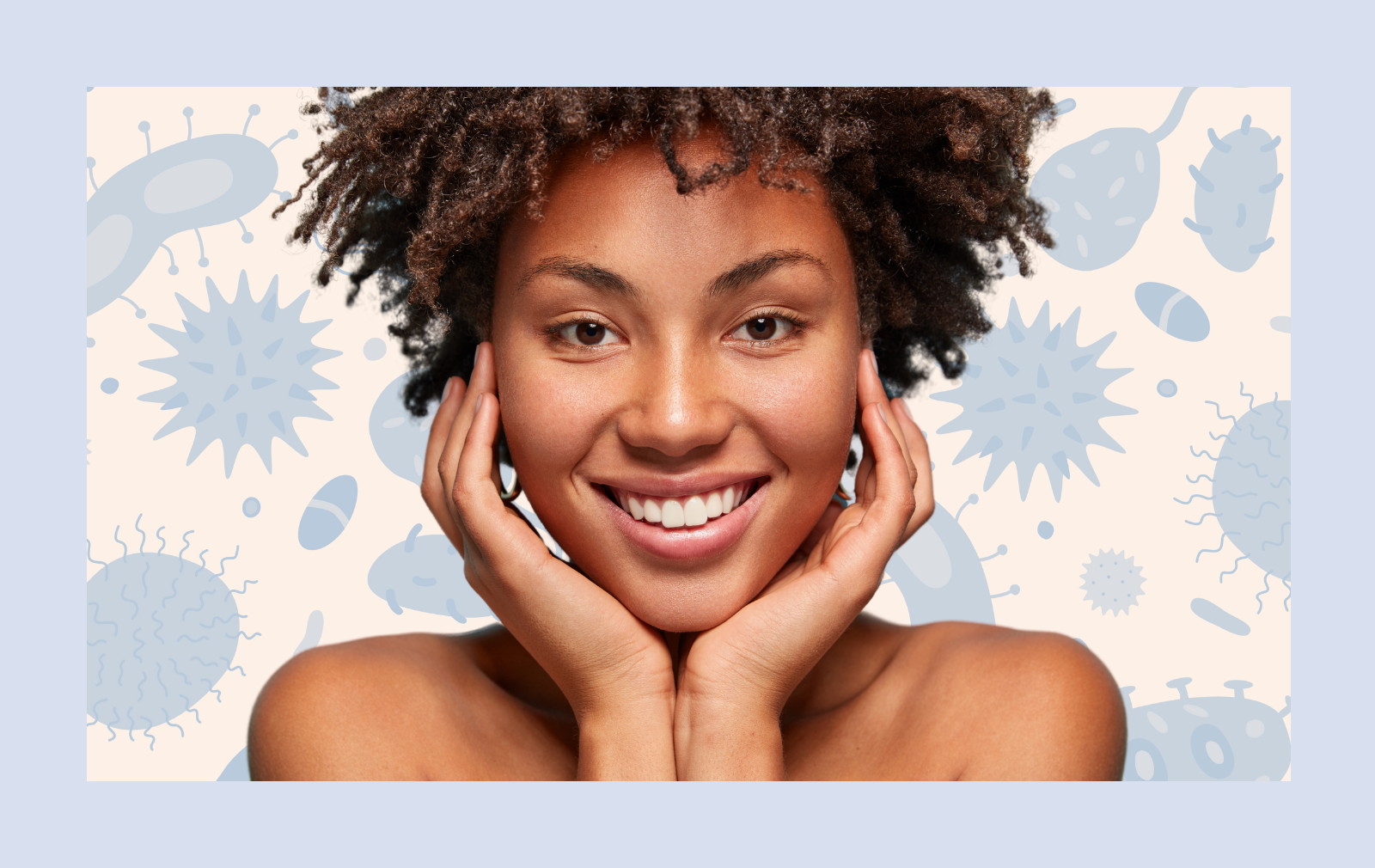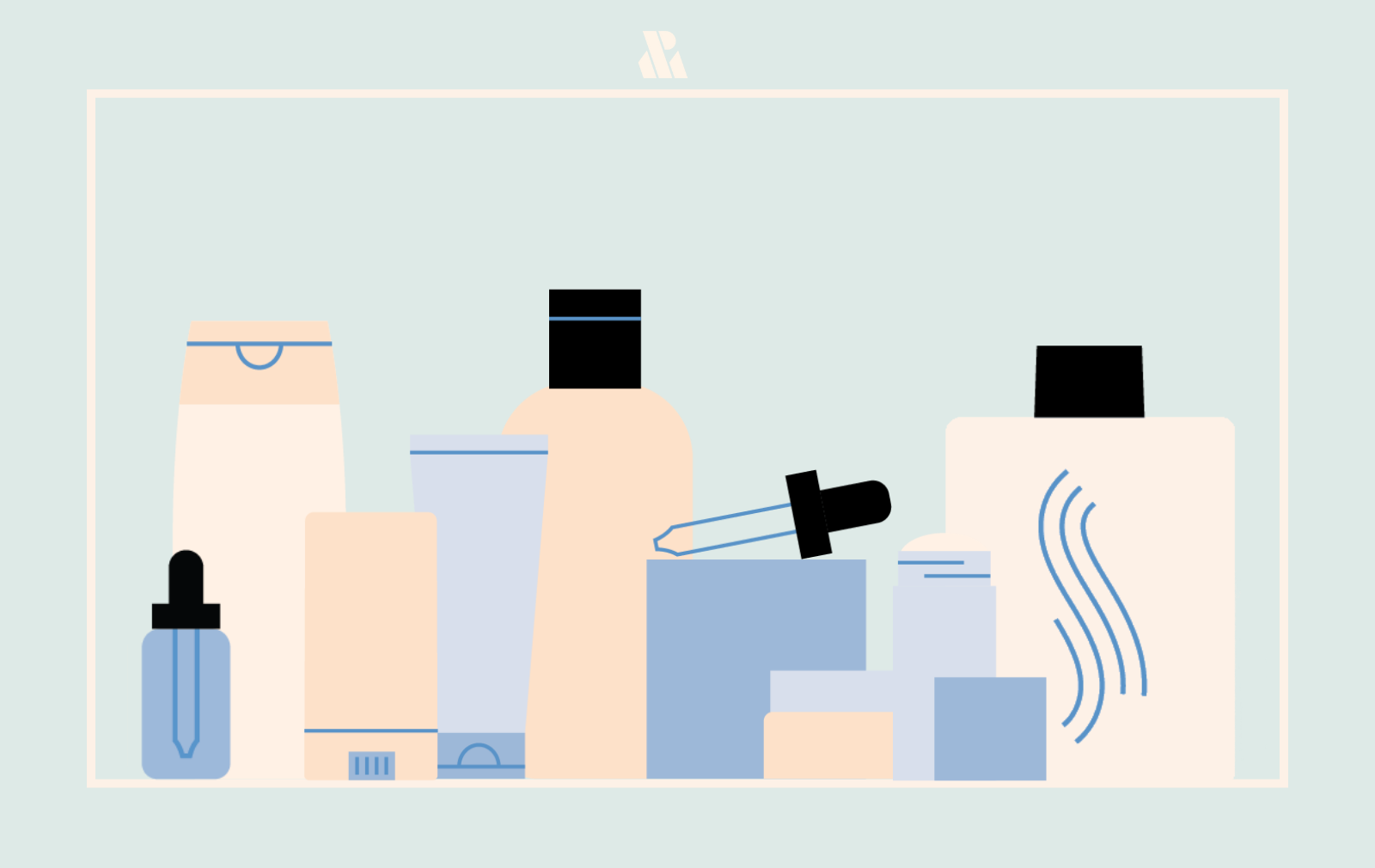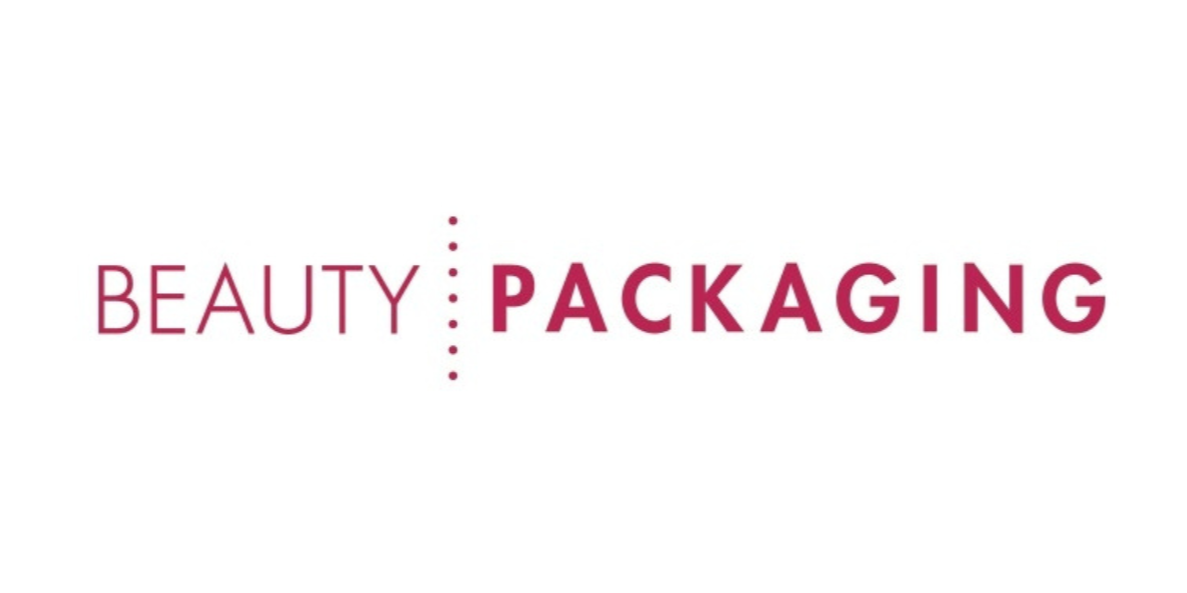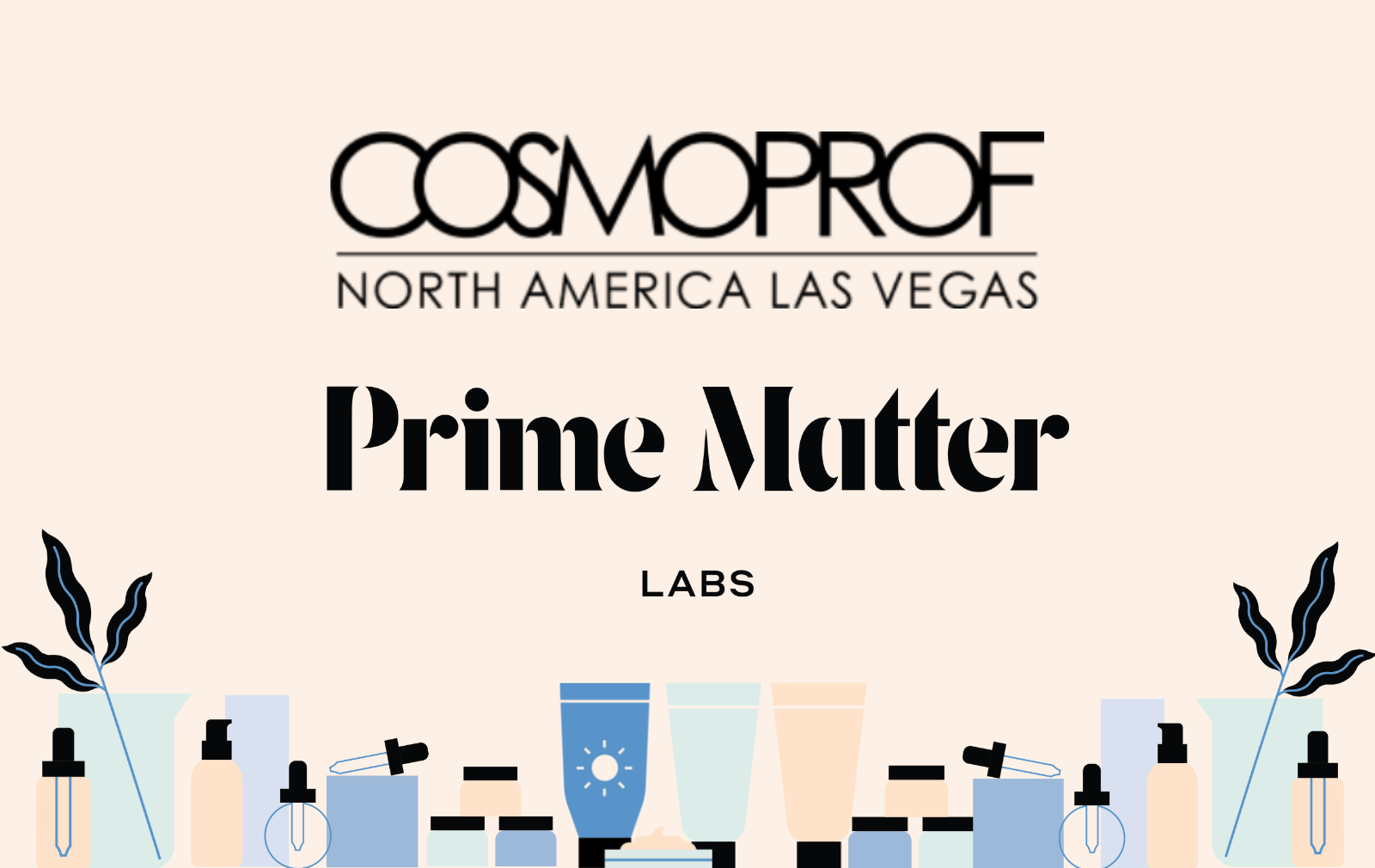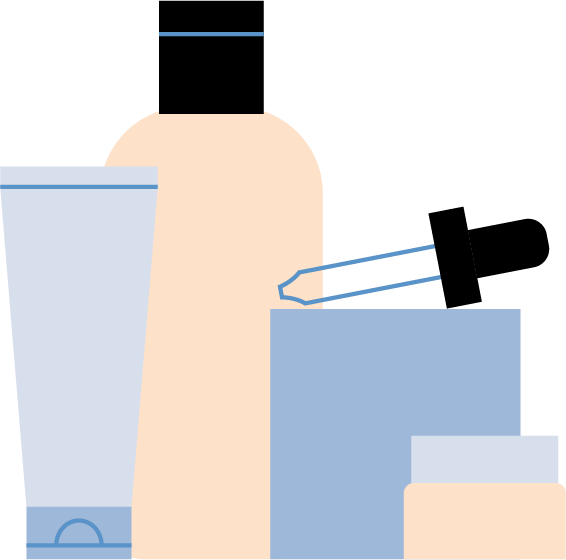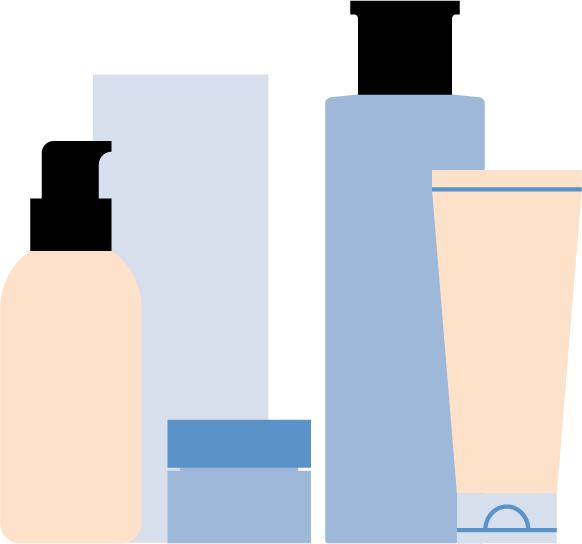
“We’ve been hyper focused on our skin—now, consumers are focused on healthy hair,” says Cody Fullerton, Prime Matter Labs VP of Business Development, who’s helped grow megabrands like L’Oréal and Bumble and Bumble. Fullerton describes scalp and hair care as “the next step in managing and taking care of our health and wellness” and points to the rise of solution-based products, which are a top converter in 2022’s e-commerce space.
Traditionally, stylists have an established role as the primary source for expertise and influence for customers in the hair care market due to their professionalism and strong customer relationships. But the landscape in hair is changing as consumers are becoming more educated and focused on ingredients (this is a theme to recognize in every category) and seeking out that information from a variety of sources, like social media.
Similarly to what we see with skin care, consumers desire transparency on the ingredients of the products they are using. Fullerton notes, “For some consumers, if they can’t digest it, they will most likely not choose to use it topically either.” Brands need to understand their customers’ needs and desires when formulating new products in these performance-based categories.
A New Space for Performance- Based Hair Products

“Brands need to lead in engaging and educating their customers by explaining why and how they use ingredients, natural or synthetic, and the benefits of the formulas they provide,” says Fullerton. There’s a reason that many skin care brands are leaning into digital ingredient encyclopedias and retailers like Credo revamped their sites with ClearForMe technology: If hair brands can clearly tie ingredients to their benefits, customers are ready to listen.
“Hair growth seems to be a hot topic,” says Jennifer Hurtikant, incoming Chief Science Officer for Prime Matter Labs. Her team is researching the area to conclude which treatments are most effective for consumers, and nods at an interesting difference between skin and hair products. “Hair care can produce instant impact—you can see the results immediately,” she explains. “However, for hair repair, it does take time to see results.”
This means brands hoping to capture long term sales need to explain to their audience how many times they’ll need to re-up their purchase before seeing results (and even wiser to create packaging that holds enough formula to last until that change) and create transparency around their ingredients.
Powerful Results Require Powerful Recipes

With megabrands like The Ordinary returning to sulfates after years of consumers being told to avoid them, it proves that there is space for brands to finally explain the performance-based elements of their recipes. And some of those elements will likely need to be updated.
“For consumers that make ‘clean beauty’ a priority, there’s been a demand for quat-free conditioners and conditioning ingredients,” says Fullerton of QUATs, or QACs, cleaning agents found in disinfectants and hair care products that have been shown in some studies to have harmful effects on human cells and larger environmental ecosystems at certain quantities. “For modern alternatives to QUATs, we’ve found some interesting and effective natural materials.” says Fullerton.
As the ‘clean beauty’ discussion continues to evolve, so do perspectives on what makes a product sustainable, which can be reliant on multiple factors including shipping, packaging and ingredients. It’s important for brands to work with suppliers and manufacturers to explore options and decide what best represents their brand and what their customers will find acceptable. Fullerton continues, “For brands that are open to using QUATs, there is a conditioning agent that’s derived from non-GMO sunflower oil, which is renewable and sustainable feedstock, readily biodegradable, has a better ecotoxicity than some other industry standard conditioning agents, is primarily bio-based, and no manufacturing waste streams.” It’s this kind of knowledge that consumers expect, in 2022, for brands to impart to them about what’s powering the formulas they’re purchasing.
As consumers increasingly continue to focus on ingredients in categories like scalp and hair care, transparency is critical in establishing customer trust and acceptance. If the results are there, brands need to explain what powers the recipe—and why there’s more to gain.
Prime Matter Labs offers tailored product development and production, adapting and innovating along with your business. Work with our team to capture exactly what it's going to take to meet your consumers’ unique needs. Contact your Prime Matter Labs Project Manager or start your project here.


